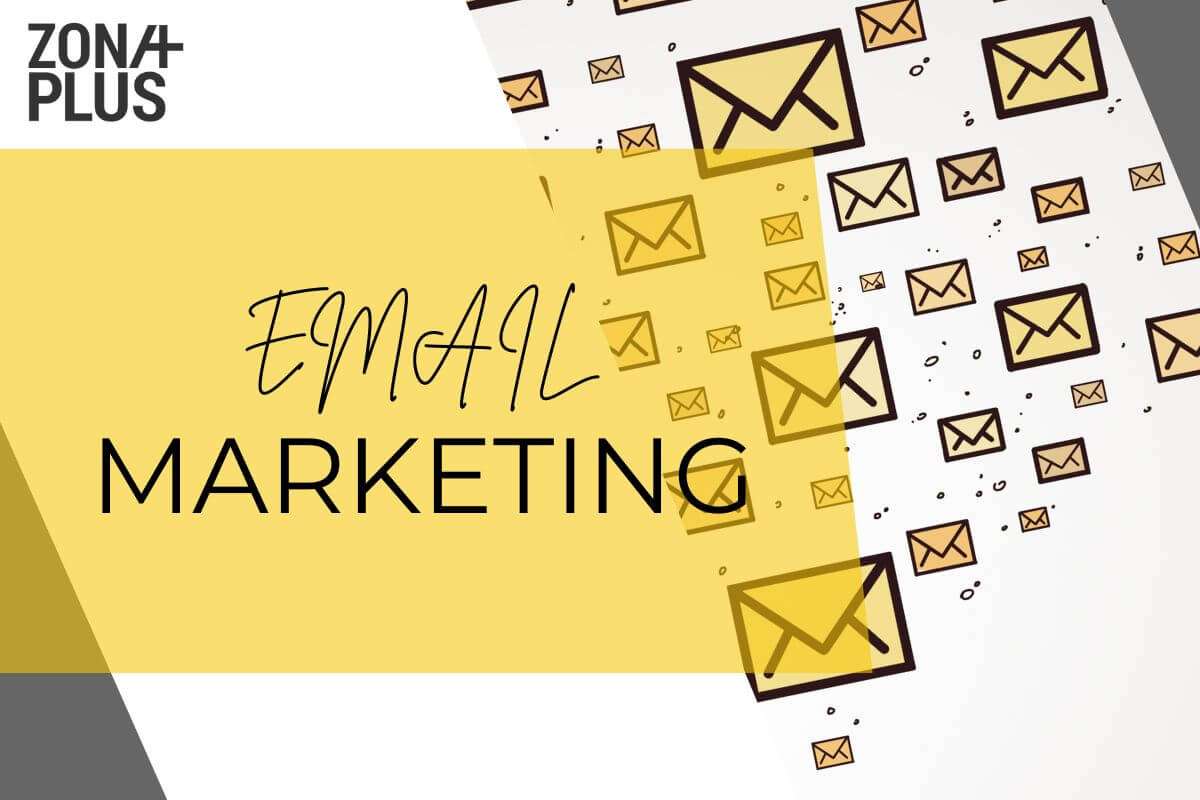What comes to mind when you think of email marketing and your own inbox?
A bunch of boring, identical “we have something for you” emails that you feel weren’t even intended for you?
That happens when email marketing isn’t done properly.
If you don’t want your emails to be a nuisance, use tools to do everything correctly. And at the same time, make your business and life easier.
Email marketing tools can be used for much more than sending random messages; they are excellent for driving growth, especially for small and medium-sized businesses.
Unlike traditional advertising methods, email marketing enables direct communication. This way, your (personalised!!!) message arrives straight in the inbox of your target audience.
This means that you can create specific content for each group of your customers, thereby increasing the impact of your email campaign.
One of the main advantages of email marketing is its return on investment (ROI).
Email marketing tools offer numerous features, with one of the main ones being automation, which saves you time by sending personalised messages based on user behaviour.
Here are a few examples of how you can benefit from email marketing:
- Promotional campaigns: Targeted offers that encourage purchases during sales and discounts.
- Customer retention: Follow-up emails thanking customers for their purchase and suggesting complementary products.
- Event invitations: Notifications about upcoming events, webinars, or product launches.
- Product updates: Information about new products or changes to existing products.
- Surveys and feedback: Collecting information through surveys after purchases to improve products and services.
- Newsletters: Industry news, tips, and company updates to keep your audience engaged and informed.
- Cart abandonment reminders: Sending automated emails to users who have left items in their cart, encouraging them to complete their purchase.
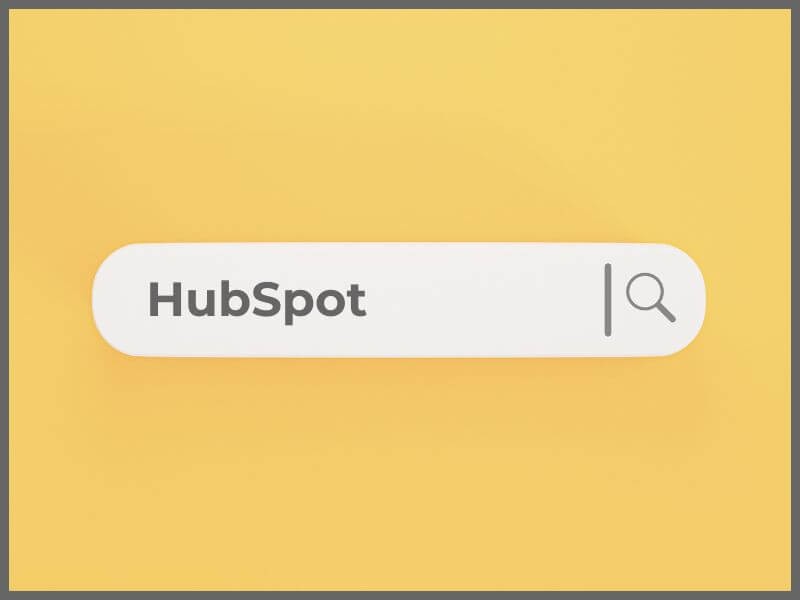
Email marketing tool #1 - HubSpot
HubSpot is known as more than just an email marketing tool; it offers a complete package. It is reputed to be the ideal tool for companies that want to manage various marketing activities—email, SMS, social media, and much more—all in one place (a single “hub”).
Key features of HubSpot
- Transactional emails: Sending automated emails triggered by customer actions, such as purchase confirmations and shipping notifications.
- Marketing automation: Advanced “workflow” simplifies your tasks and ensures timely and consistent communication.
- SMS marketing: Sending targeted messages to your audience, excellent for enhancing multi-channel marketing campaigns.
Advantages of HubSpot
- All-in-one solution: HubSpot covers everything from email marketing to CRM, making it a perfect solution for businesses, especially those experiencing growth.
- Excellent integration: Connects with other marketing tools and platforms, providing a unified marketing approach.
- Great support: Offers extensive resources and excellent customer support.
Disadvantages of HubSpot
- Steeper learning curve: Some features are more extensive and may require more time to master, especially for beginners.
- Cost: The price can be an issue for smaller businesses, especially if they have a limited budget.
Examples of using HubSpot
- Lead nurturing: Sending automated, personalised emails and messages to potential clients based on their behaviour and engagement.
- Event promotion: Manage event marketing campaigns by sending invitations, reminders, and follow-ups.
- Sales automation: Automate follow-up sales actions and track customer interactions, improving sales efficiency.
- Customer support: Use automated emails to resolve common customer queries quickly.

Email marketing tool #2 - Mailchimp
Mailchimp is one of the most well-known email marketing tools.
It is recognised for its user-friendly interface and is perfect for businesses that are just starting with email marketing.
It’s excellent for sending regular newsletters and automating processes without requiring an overly complicated learning curve.
Key features of Mailchimp
- Automation: Scheduling and automating emails based on user behaviour, ensuring your message reaches the right people at the right time.
- Templates: A variety of customisable templates for creating professional emails that align with your brand.
- Analytics: Tracking open rates, click-through rates, and other metrics to understand the effectiveness of your campaigns.
Advantages of Mailchimp
- Ease of use: Even beginners can quickly understand Mailchimp’s interface.
- Special features: Offers a range of tools for managing and optimising your email marketing.
- Great for beginners: Comprehensive guides and support make it accessible even to those new to email marketing.
Disadvantages of Mailchimp
- Cost: Expenses increase as your contact list grows.
Examples of Using Mailchimp
- Newsletters: Send regular newsletters to inform users about your latest products or services.
- Welcome emails: Automatically send welcome messages to new subscribers.
- Abandoned cart emails: Send reminders about items customers have left in their cart, encouraging them to complete their purchase.
- Event invitations: Promote upcoming events with branded email invitations.
- Customer surveys: Collect feedback through targeted email surveys to improve your products or services.

If you are looking for a tool that is easy to use but offers everything you need, then Constant Contact is an excellent choice. Its interface is simple to understand, and its features cover all the essentials for effective promotion.
Key features of Constant Contact
- Simple interface: Designed with simplicity in mind, making it easy for users to navigate and use the tool.
- Social media integration: Connects seamlessly with social media platforms.
- Event marketing: A wide selection of tools for planning and managing emails, social media, and messages.
Advantages of Constant Contact
- User-friendly: A simple interface that even those with limited technical skills can use effectively.
- Social media tools: Integration with social media helps extend your reach and engage audiences across multiple channels.
- Various marketing options: Provides all the necessary tools for creating and managing events, from invitations to follow-up emails.
Disadvantages of Constant Contact
- Limited advanced automation: While it covers the basics, it lacks some of the more advanced automation features offered by other tools.
- Fewer customisation options: The platform offers less flexibility in customising email templates compared to some competitors.
Examples of using Constant Contact
- Event invitations: Easily create and send invitations for webinars, conferences, or local events.
- Follow-up emails: Automatically send thank-you emails and surveys after events to gather feedback and engage participants.
- Social media campaigns: Schedule and share content on social media directly from the platform.
- Newsletters: Create and send newsletters to keep your audience regularly informed about your updates and offers.

Email marketing tool #4 - GetResponse
GetResponse stands out because it offers much more than just email marketing. Its features include webinar hosting and creating landing pages, making it an excellent choice if you want to run entire marketing campaigns using one platform.
Key features of GetResponse
- Webinar hosting: Host live webinars to engage your audience and provide valuable content.
- Landing pages: Create customised landing pages to collect leads, promote events, or boost sales.
- Marketing automation: Automate sending targeted messages based on customer behaviour.
Advantages of GetResponse
- Multichannel capabilities: Integrates various marketing channels, offering a cohesive strategy to reach your audience.
- Automation: Automates complex marketing tasks, saving time and increasing efficiency.
- Good value for money: Offers a wide range of options at competitive prices.
Disadvantages of GetResponse
- Comprehensive interface: The numerous options can be overwhelming, especially for beginners.
- Higher-tier plans: Advanced tools are only available in more expensive plans.
Examples of using GetResponse
- Lead generation: Create landing pages to collect new leads and grow your email list.
- Webinar promotions: Host webinars to provide additional value to your audience.
- Automated follow-up emails: Automate sending emails, for example, after a webinar, to keep participants engaged.
- Drip campaigns: Create a "drip" campaign to nurture leads over time and move them gradually through the sales funnel.
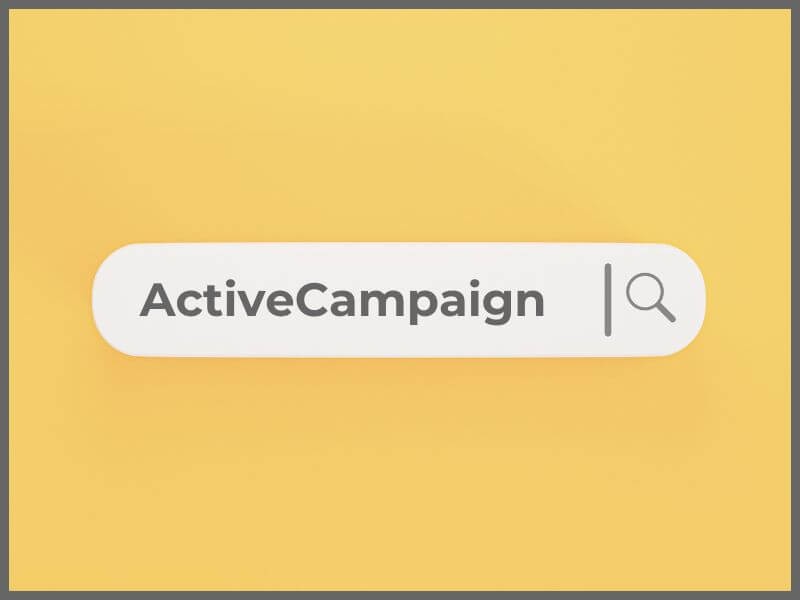
ActiveCampaign is the best choice for advanced automation and CRM.
This email marketing tool is perfect for businesses needing efficient customer relationship management and highly personalised campaigns.
Key features of ActiveCampaign
- Advanced automation: Set up processes that trigger actions based on user behaviour for timely and relevant communication.
- CRM integration: Integrates seamlessly with customer relationship management systems.
- Detailed analytics: Provides in-depth insights into campaign performance, helping refine strategies for better results.
Advantages of ActiveCampaign
- Powerful automation: Automates complex marketing tasks, saving time and ensuring consistency.
- Excellent CRM features: Manage customer relationships more effectively, with all data in one place.
- In-depth analytics: Track and analyse campaigns to make data-driven decisions.
Disadvantages of ActiveCampaign
- Complex setup: Advanced options can be more challenging to master and learn.
- Higher cost: The price can be steeper compared to simpler email marketing tools.
Examples of Using ActiveCampaign
- Lead scoring: Automatically score leads based on their interactions with emails and the website, identifying the most promising prospects.
- Customer segmentation: Segment the audience based on their preferences to send targeted and relevant messages.
- Automated follow-up emails: Set up processes to send emails based on customer actions, such as purchases or content downloads.
- Sales automation: Automate sales processes, from nurturing leads to closing deals.
- Detailed reporting: Generate reports to analyse campaign performance and identify the best-performing strategies.
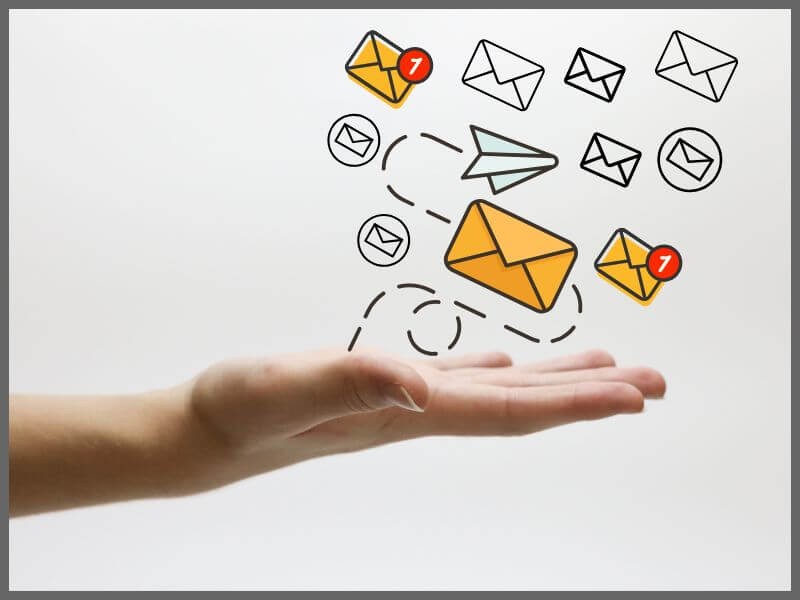
Which email marketing tool is right for you?
If you’re still undecided about which of these tools can take your business to the next level, here’s a summary:
HubSpot offers a complete package with advanced options and flexible automation. It’s ideal for businesses seeking a fully developed platform, although it’s more challenging to master and comes with a higher cost.
Mailchimp, with its user-friendly interface and comprehensive options, is perfect for beginners. It’s also great for those needing a reliable all-in-one solution, but costs increase as your contact list grows.
Constant Contact is renowned for its simplicity and effectiveness in event marketing and social media integration. It’s an excellent choice for businesses that frequently organise events and want to integrate their marketing across multiple channels.
GetResponse stands out for its multichannel capabilities, including webinar hosting and landing page creation. It’s perfect for businesses looking to engage customers through various media.
ActiveCampaign is great for automation and integration, making it ideal for businesses that need to nurture customer relationships and execute highly personalised campaigns.
How to decide which tool best suits your business?
To determine which tool is the best fit for your business, consider your specific needs and goals:
- For an all-in-one marketing platform, use HubSpot.
- For simplicity and ease of use, choose Mailchimp.
- For event-focused and social media campaigns, Constant Contact is the best.
- For multichannel marketing, GetResponse is ideal.
- For advanced automation and CRM, go with ActiveCampaign.
Conclusion? Grow your business with the help of email marketing tools.
The right email marketing tool will impact the growth of your business.
But first, consider what your business needs.
Do you need tools that are simple and meet your basic requirements?
Or do you need advanced automation, social media integration, or multichannel coverage?
Most of these email marketing tools and platforms offer free trials, so you can see which one best suits your goals (and budget).
Any of the tools mentioned above can help you build (better) relationships with your customers and clients, as well as increase your sales.
If you need help setting up your email marketing campaigns, contact us.
Send us your experiences and wishes – let’s work together to elevate your email marketing strategy to the next level.
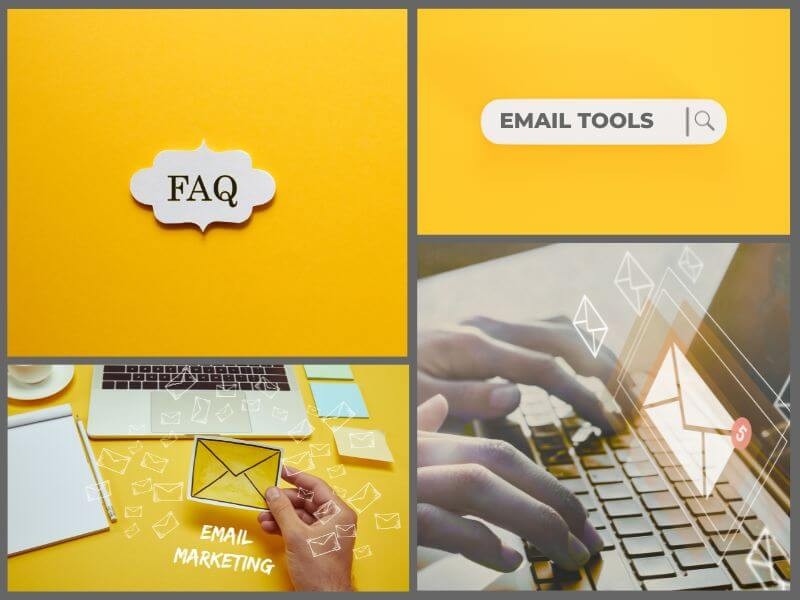
FAQ - Frequently Asked Questions
What is the best time to send emails?
The best time to send marketing emails is usually late morning on weekdays, around 10 am. However, this can vary depending on your audience's preferences.
How often should I send marketing emails?
Sending emails once a week is generally effective. This frequency maintains audience engagement without overwhelming them. Adjust based on engagement metrics and feedback.
How can I improve my email open rates?
Improve open rates by creating compelling subject lines, personalising content, and ensuring your emails are mobile-friendly. Testing different sending times can also help.
What is email segmentation, and why is it important?
Email segmentation is breaking down your contact list into smaller groups based on specific criteria, such as demographics or behaviour. Segmentation is important because it allows you to send targeted emails relevant to the recipients, leading to greater engagement.
How do I measure the success of email campaigns?
Measure the success of email campaigns by using metrics like open rates, click-through rates, conversion rates, and return on investment (ROI). These metrics provide insights into your email performance and areas for improvement.
